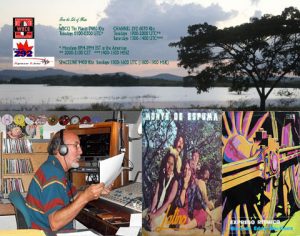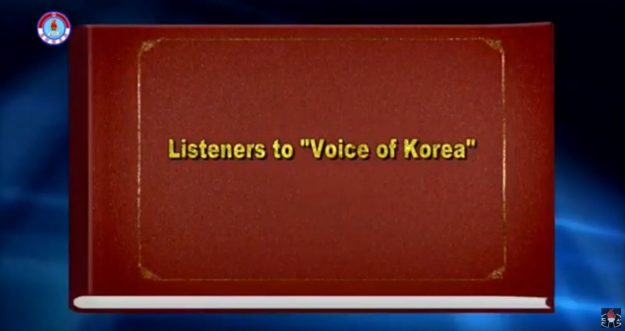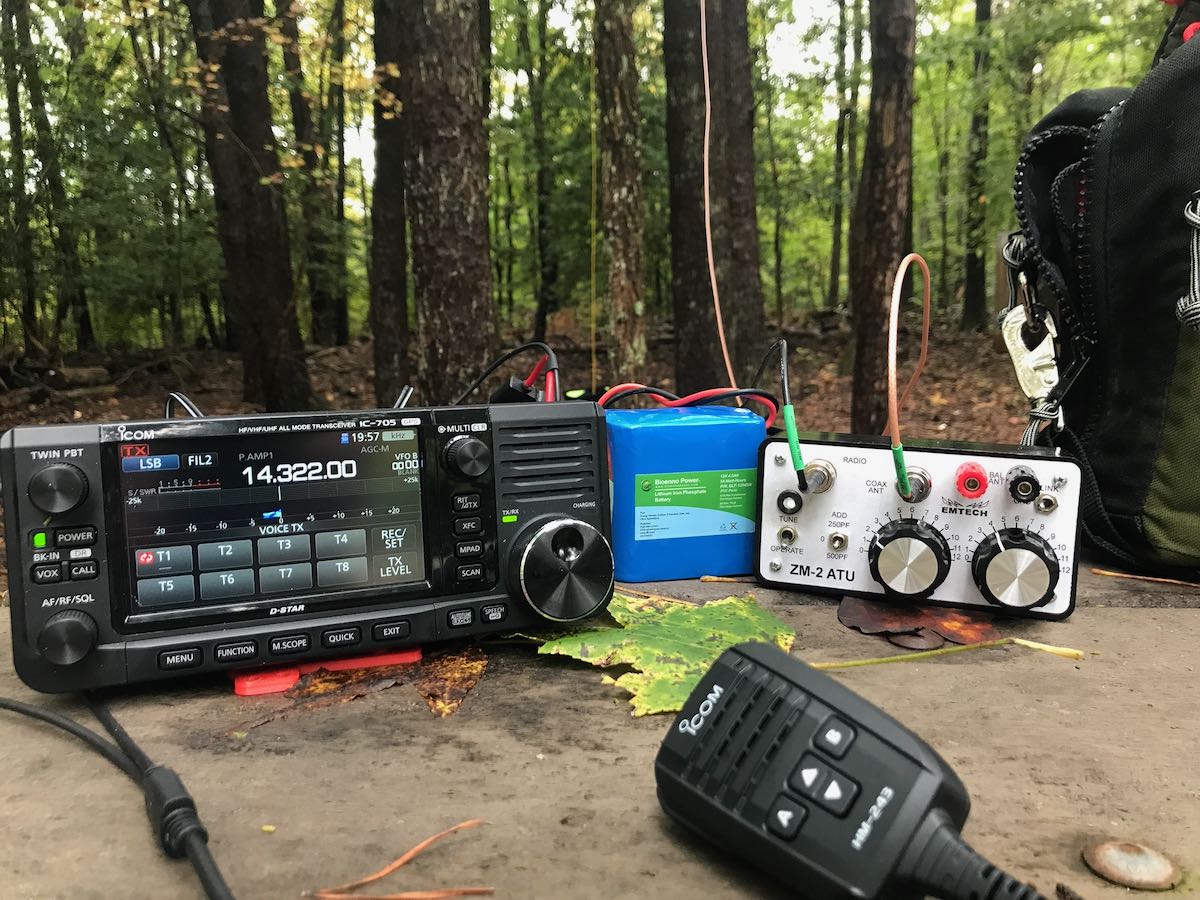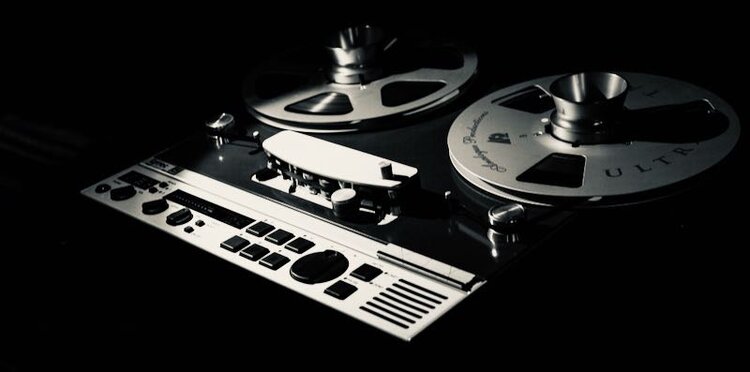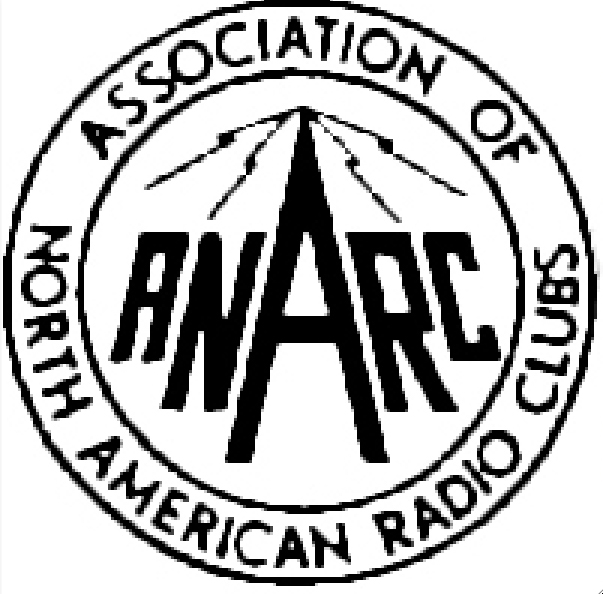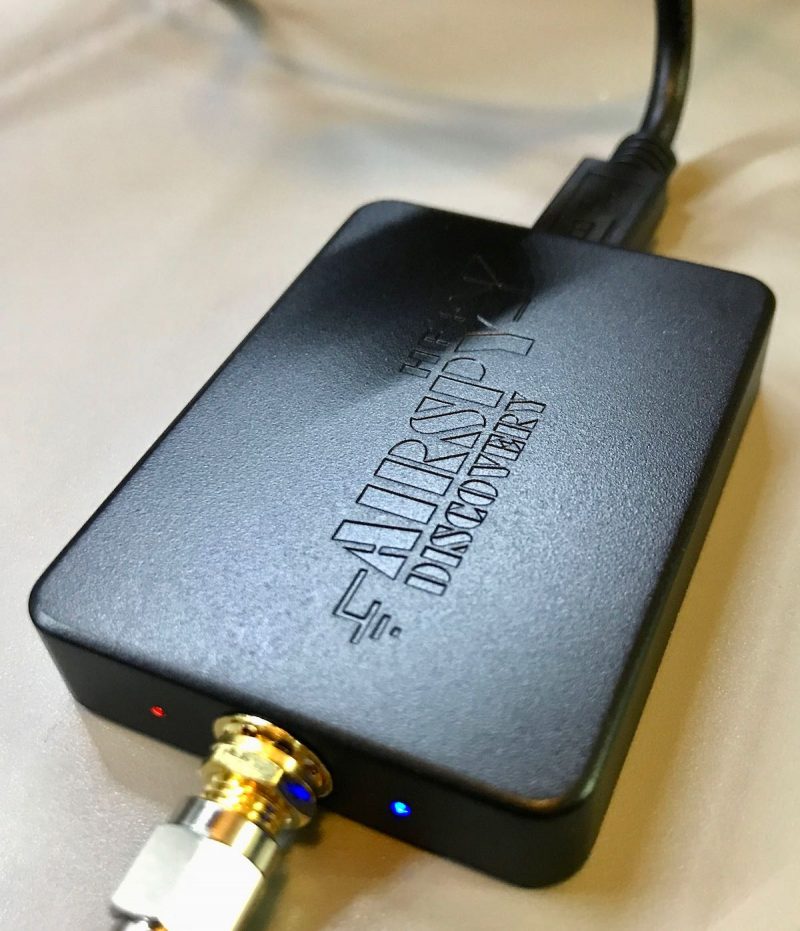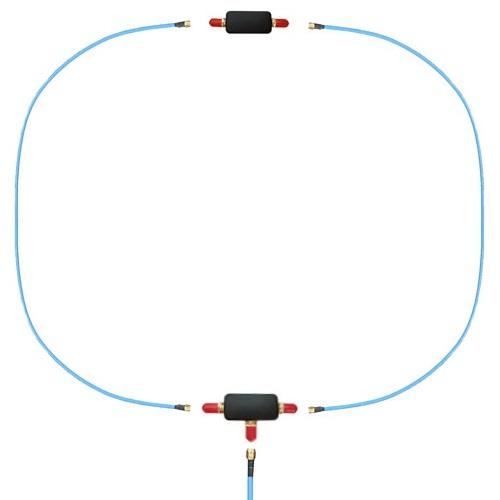Retail Ecommerce Ventures (REV), the retail acquisition company that bought Pier 1 and Modell’s Sporting Goods out of bankruptcy and snapped up the Dressbarn brand after it liquidated, has a new rescue mission: Radio Shack.
REV announced the deal today [November 19, 2020], making Radio Shack the seventh brand it has bought in less than two years.
REV’s strategy is to buy struggling, but well-known retail names it believes can benefit from their e-commerce expertise. In the world of online shopping, according to REV founders Tai Lopez and Alex Mehr, the brand you’ve heard of beats the one you’ve never heard of every time.
“It’s a trusted brand and we buy brands because of the trust,” Lopez said.
Why makes Radio Shack trusted?
“First of all what creates trust is to be known,” Lopez said. So even though Radio Shack has been mocked as the place where old cassette tape players, transistor radios, and personal CD players went to die, everyone has heard of it.
“”Every brand goes through phases of love and hate, but what we care about is it’s known. We can revive it on top of the high awareness that already exists,” he said.
Radio Shack, Lopez said, may actually be the best known of all the REV acquisitions. “This is our first truly global brand,” he said. Radio Shack at its heyday had stores throughout Europe, in Japan, in South America, the Middle East, and still has some international stores.
[…]“I’m hoping that they’re going to make it a broad consumer electronics portal and platform, where not only do they sell the myriad Radio Shack brands but they also are a go-to place for many other electronic brands as well,” he said. He sees the potential for Radio Shack, with an updated e-commerce presence, to aspire to become the Wayfair W +1.6% of electronics.
Lopez agrees that Radio Shack has a lot of room to grow into many new product areas.
“We’re interested in potentially having Radio Shack laptops, having our own flat screen TVs,” he said. “We want to expand it to anything consumer electronics, home, the phone business, home security. We want to go really broad.”
Garriques and his company’s background in electronics – he is a former president of Motorola Personal Communications, and former Global Consumer Group president at Dell who began his career at Bell Labs – should help with that expansion.
[,..]“Whatever was cool again once is becoming cool again, again,” Garriques said. “I think Radio Shack can ride that.” And that is what REV is betting on.
While I doubt RadioShack will dive back into the world of electronics parts, shortwave portables, and ham radio transceivers, it is interesting that someone is trying to resurrect the brand. Thanks for the tip, Don!
 Many thanks to SWLing Post contributor, Gregory Ivanov, who writes:
Many thanks to SWLing Post contributor, Gregory Ivanov, who writes:
